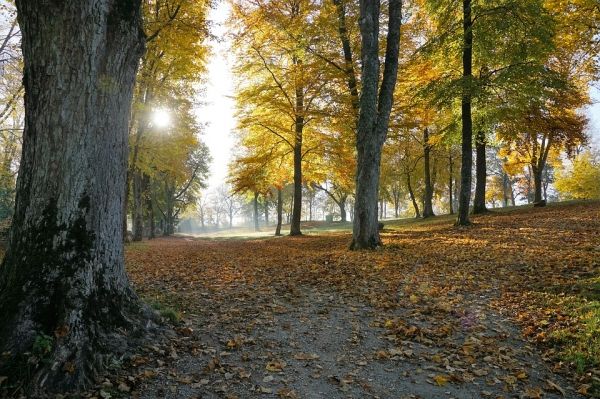As the climate is changing, so too are the world’s forests. From the misty redwoods in the west to the Blue Ridge forest of Appalachia, many sylvan ecosystems are adapting to drier conditions.
Using the U.S. Forest Service Forest Inventory and Analysis database, researchers at UC Santa Barbara, the University of Utah and the U.S. Forest Service have studied how the traits of tree communities are shifting across the contiguous United States. The results, published in the Proceedings of the National Academy of Sciences, indicate that communities, particularly in more arid regions, are becoming more drought tolerant, primarily through the death of less hardy trees.
To understand what might be driving changes in the ability of forests to cope with climate change, the scientists considered two main physiological traits: a species’ average tolerance to water stress and how close this was to its maximum tolerance (essentially how much wiggle room it had when dealing with water stress).
“We basically put a number on what species composition means in terms of their ability to deal with water stress,” said lead author Anna Trugman, an assistant professor in UC Santa Barbara’s Department of Geography.
Read more at University of California - Santa Barbara
Photo Credit: photosforyou via Pixabay


